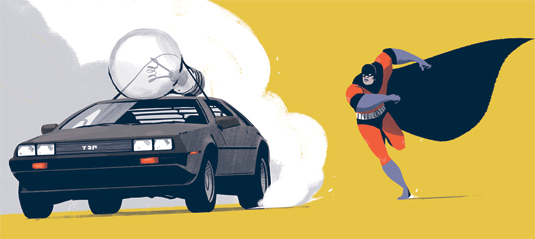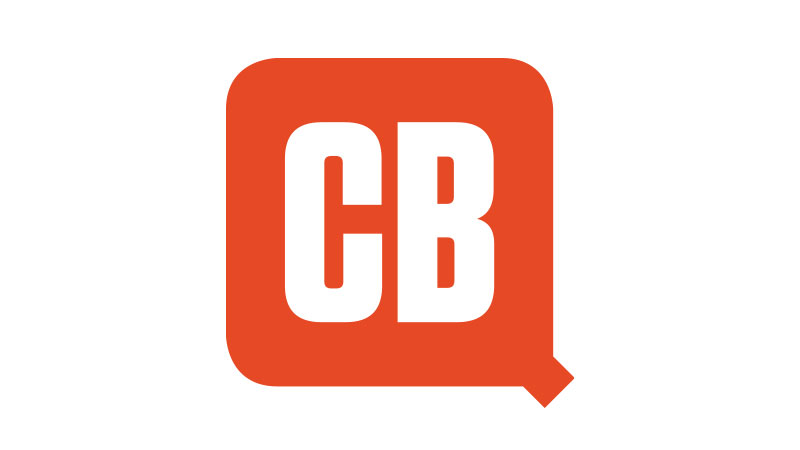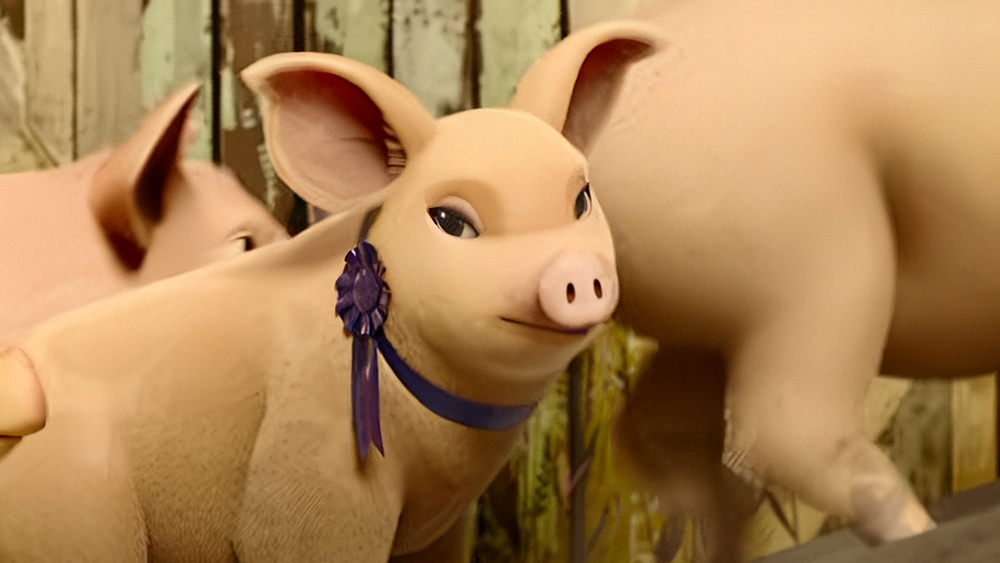5 ways to prevent your work from being copied
Follow these pre-emptive rules and your creative work will be safe against the scourge of copyright infringers.

In this digital age, taking steps to properly protect your artistic rights is more important now than ever. Follow this advice to make sure your work is covered.
01. Watermark your work
The most obvious way you can prevent your creative work being abused is to watermark it. You might reckon this uglifies your creations in an instinct, but only lazy creatives steal, so watermarking has its merits and there’s a reason why stock libraries emblazon their samples.
02. Show off
The best way to spot plagiarism is to let the community at large do it for you. Post new work to your site, submit it to showcase blogs, keep your portfolio up-to-date, link to your work on social media and generally show off. The more people who know your work, the more eyes to spot infringers.
03. Retain proof
The Digital Millennium Copyright Act (DMCA) is based on 'proof of ownership.' Keeping your project files organised and retaining any correspondence or other proof of creation date means you have documented evidence available should you ever need to call in the lawyers.
04. Register your work
There's no requirement to register your copyright - that happens the moment it is created. However, in the US you can register your work officially for a $5 fee at www.copyright.gov/eco and in the UK various services such as copyright.co.uk and copyrightservice.co.uk offer certified registration and litigation assistance for around £40.
05. Explain the terms
Sometimes clients simply don't understand what they're commissioning from you as a commercial creative. Make it clear they can buy a licence to use and reproduce the work, or buy it from you in perpetuity. Unless otherwise agreed and paid for any work that you create remains your copyright.
Words: Tom Dennis
Daily design news, reviews, how-tos and more, as picked by the editors.
This article was originally featured in Computer Arts issue 245.
Like this? Read these!

The Creative Bloq team is made up of a group of art and design enthusiasts, and has changed and evolved since Creative Bloq began back in 2012. The current website team consists of eight full-time members of staff: Editor Georgia Coggan, Deputy Editor Rosie Hilder, Ecommerce Editor Beren Neale, Senior News Editor Daniel Piper, Editor, Digital Art and 3D Ian Dean, Tech Reviews Editor Erlingur Einarsson, Ecommerce Writer Beth Nicholls and Staff Writer Natalie Fear, as well as a roster of freelancers from around the world. The ImagineFX magazine team also pitch in, ensuring that content from leading digital art publication ImagineFX is represented on Creative Bloq.
